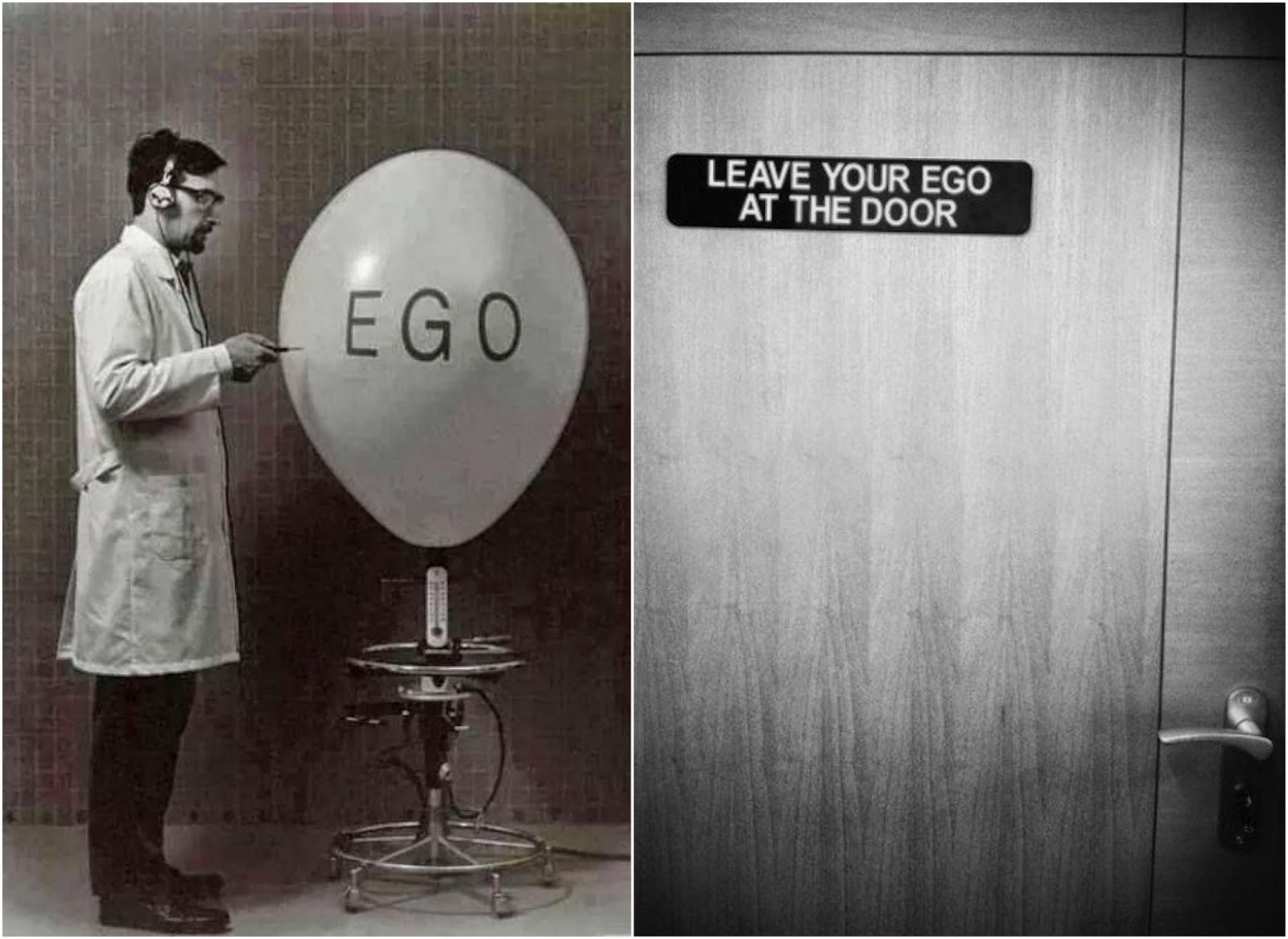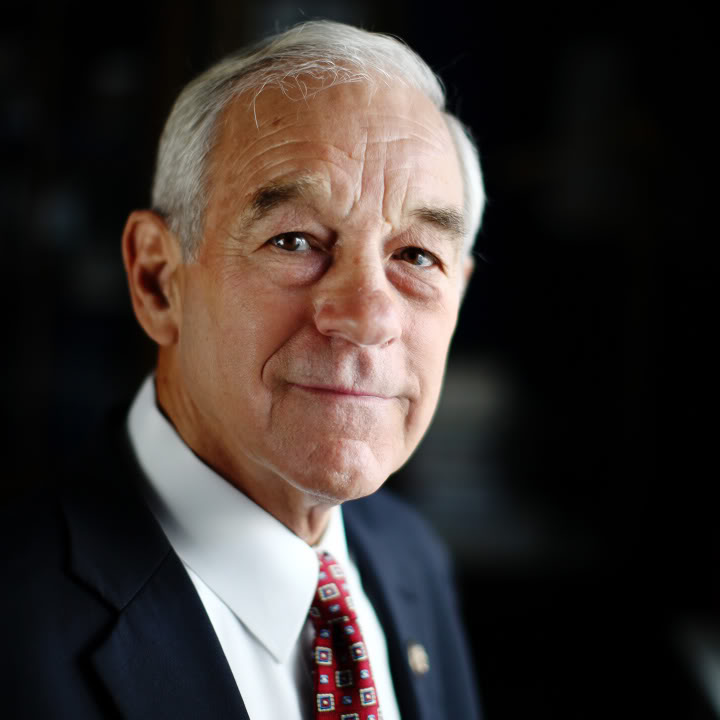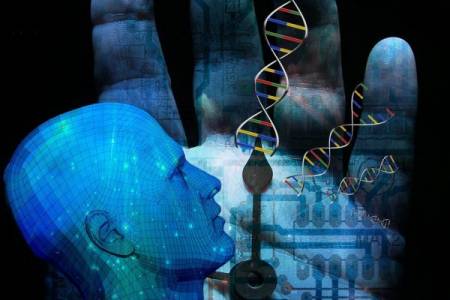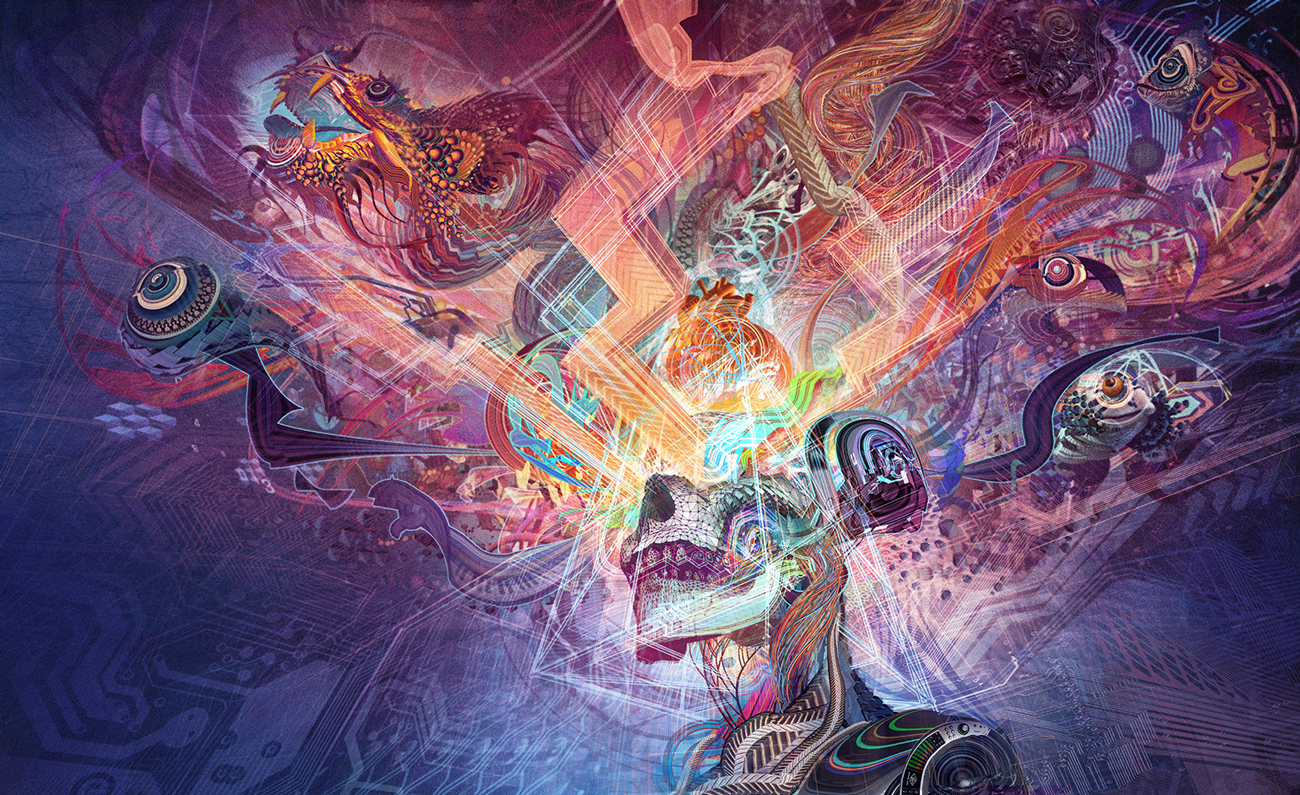Modern science is in a dilemma; it must concede our hypothesis to be correct, or admit the possibility of miracle. To do so, is to say that there can be an infraction of natural law. If this can happen in one case,
Page 341
what assurance have we that it may not be repeated indefinitely, and so destroy that fixity of law, that perfect balance of forces by which the universe is governed. This is a very ancient and an unanswerable argument. To deny the appearance, in our midst, of supersensual beings, when they have been seen, at various times and in various countries, by not merely thousands, but millions of persons, is unpardonable obstinacy; to say that, in any one instance, the apparition has been produced by a miracle, fatal to the fundamental principle of science. What will they do? What can they do, when they shall have awakened from the benumbing stupor of their pride, but collect the facts, and try to enlarge the boundaries of their field of investigations?
The existence of spirit in the common mediator, the ether, is denied by materialism; while theology makes of it a personal god, the kabalist holds that both are wrong, saving that in ether, the elements represent but matter — the blind cosmic forces of nature; and Spirit, the intelligence which directs them. The Hermetic, Orphic, and Pythagorean cosmogonical doctrines, as well as those of Sanchoniathon and Berosus, are all based upon one irrefutable formula, viz.: that the ether and chaos, or, in the Platonic language, mind and matter, were the two primeval and eternal principles of the universe, utterly independent of anything else. The former was the all-vivifying intellectual principle; the chaos, a shapeless, liquid principle, without “form or sense,” from the union of which two, sprang into existence the universe, or rather, the universal world, the first androgynous deity — the chaotic matter becoming its body, and ether the soul. According to the phraseology of a Fragment of Hermias, “chaos, from this union with spirit, obtaining sense, shone with pleasure, and thus was produced the Protogonos (the first-born) light.” This is the universal trinity, based on the metaphysical conceptions of the ancients, who, reasoning by analogy, made of man, who is a compound of intellect and matter, the microcosm of the macrocosm, or great universe.
If we now compare this doctrine with the speculations of science, which comes to a full stop at the Borderland of the unknown, and, while incompetent to solve the mystery, will allow no one else to speculate upon the subject; or, with the great theological dogma, that the world was called into existence by a heavenly trick of prestidigitation; we do not hesitate to believe that, in the absence of better proof, the Hermetic doctrine is by far the more reasonable, highly metaphysical as it may appear. The universe is there, and we know that we exist; but how did it come, and how did we appear in it? Denied an answer by the rep-
Page 342
resentatives of physical learning, and excommunicated and anathematized for our blasphemous curiosity by the spiritual usurpers, what can we do, but turn for information to the sages who meditated upon the subject ages before the molecules of our philosophers aggregated in ethereal space?
This visible universe of spirit and matter, they say, is but the concrete image of the ideal abstraction; it was built on the model of the first divine IDEA. Thus our universe existed from eternity in a latent state. The soul animating this purely spiritual universe is the central sun, the highest deity itself. It was not himself who built the concrete form of his idea, but his first-begotten; and as it was constructed on the geometrical figure of the dodecahedron, the first-begotten “was pleased to employ twelve thousand years in its creation.” The latter number is expressed in the Tyrrhenian cosmogony, which shows man created in the sixth millennium. This agrees with the Egyptian theory of 6,000 “years,” and with the Hebrew computation. Sanchoniathon, in his Cosmogony, declares that when the wind (spirit) became enamored of its own principles (the chaos), an intimate union took place, which connection was called pothos, and from this sprang the seed of all. And the chaos knew not its own production, for it was senseless; but from its embrace with the wind was generated mot, or the ilus (mud). From this proceeded the spores of creation and the generation of the universe.

Moe is the founder of GnosticWarrior.com. He is a father, husband, author, martial arts black belt, and an expert in Gnosticism, the occult, and esotericism.





![How the same holy man gave sight to the blind daughter of a tribune, and then coming to St. Alban, there received of his relics, and left other relics of the blessed Apostles and other martyrs [429 A.D.] | Book 1 | Chapter 17 How the same holy man gave sight to the blind daughter of a tribune, and then coming to St. Alban, there received of his relics, and left other relics of the blessed Apostles and other martyrs [429 A.D.] | Book 1 | Chapter 17](https://www.gnosticwarrior.com/wp-content/plugins/contextual-related-posts/default.png)